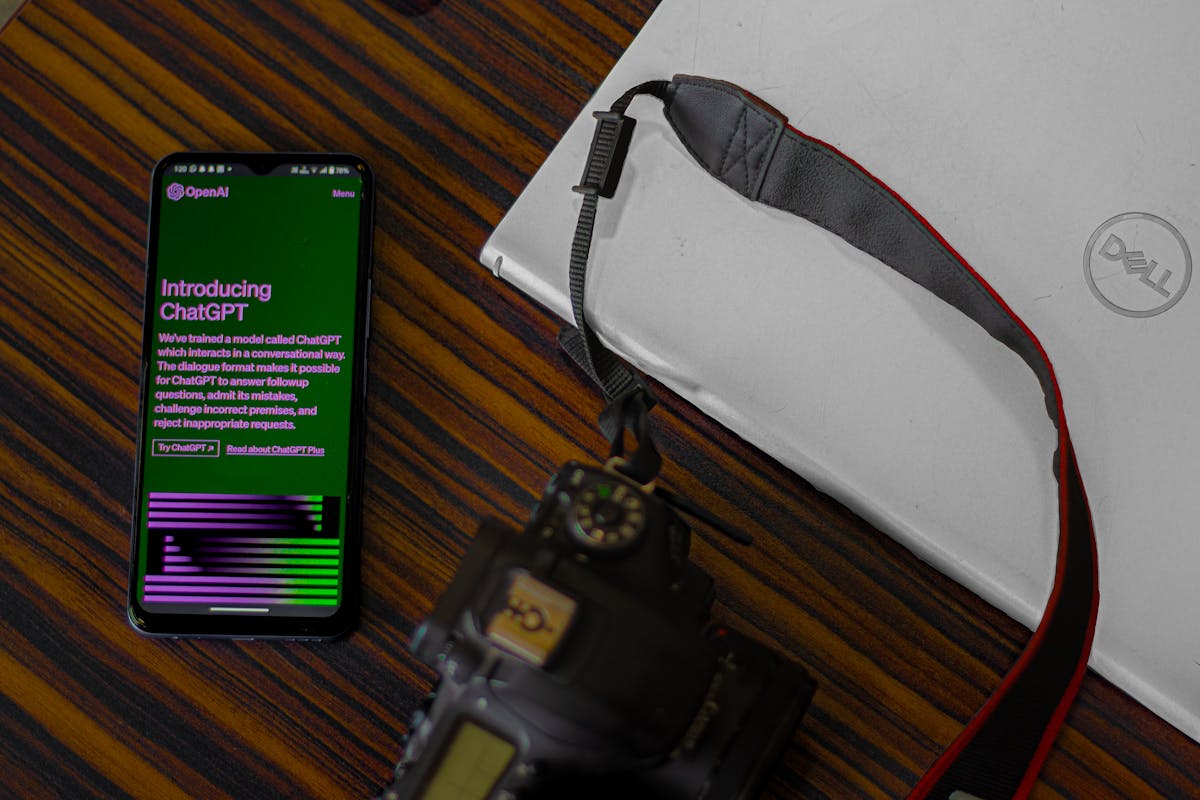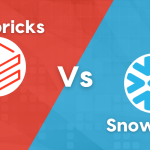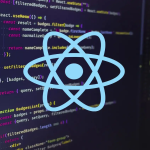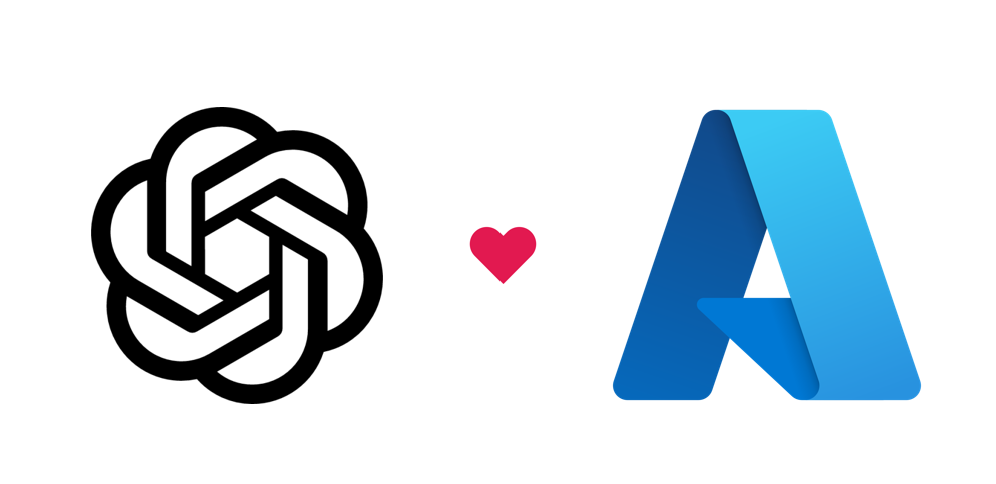What OpenAI’s Daring $6.5B io Coup Means for AI Hardware
In a landmark move that’s shaking the tech world, OpenAI is acquiring io, the AI hardware startup co-founded by legendary designer Jony Ive, in an all-stock deal worth $6.5 billion. This acquisition marks OpenAI’s most ambitious expansion beyond software, signaling its serious commitment to creating AI-first consumer hardware.
But why is OpenAI investing so heavily in hardware? What does this mean for the future of artificial intelligence and OpenAI’s position in the tech ecosystem? Let’s dive into the strategic significance and future implications of this monumental acquisition.
Who Is io and Why Jony Ive?
io is an AI device startup launched by Jony Ive, best known as the design mastermind behind Apple’s iPhone, MacBook, and iMac. Known for his visionary product design and minimalist aesthetics, Ive’s involvement brings deep credibility and innovation potential to any hardware venture.
The startup had already attracted attention due to its secretive development of a next-gen AI device—rumored to be the “iPhone of AI.” By acquiring io, OpenAI gains direct access to world-class industrial design, product thinking, and a team of 55 hardware and AI engineers.
Details of the Acquisition: What We Know So Far
- Deal Value: $6.5 billion in all-stock transaction
- Key Personnel: Jony Ive will take on a critical design and creative leadership role at OpenAI
- Integration: The io team will become OpenAI’s new hardware division
- Product Timeline: First hardware product expected to launch in 2026
- Design Studio Status: Ive’s firm LoveFrom will continue operating independently
This acquisition is being hailed as one of the largest private deals in the AI space and OpenAI’s most expensive acquisition to date.
Why Is OpenAI Acquiring io?
1. Owning the Full AI Experience
By acquiring a hardware startup, OpenAI moves closer to owning the entire AI user experience—from model to device. This vertical integration mirrors Apple’s philosophy, and it allows OpenAI to design seamless, real-world interactions with its AI technologies.
2. Building the “iPhone of AI”
The acquisition is about creating the next great computing platform—a new category of consumer AI devices that could make AI as intuitive and accessible as smartphones did with mobile computing.
3. Attracting Design Talent
Having Jony Ive onboard attracts not just attention, but elite design and engineering talent. This elevates OpenAI’s status from a software pioneer to a cross-disciplinary innovation powerhouse.
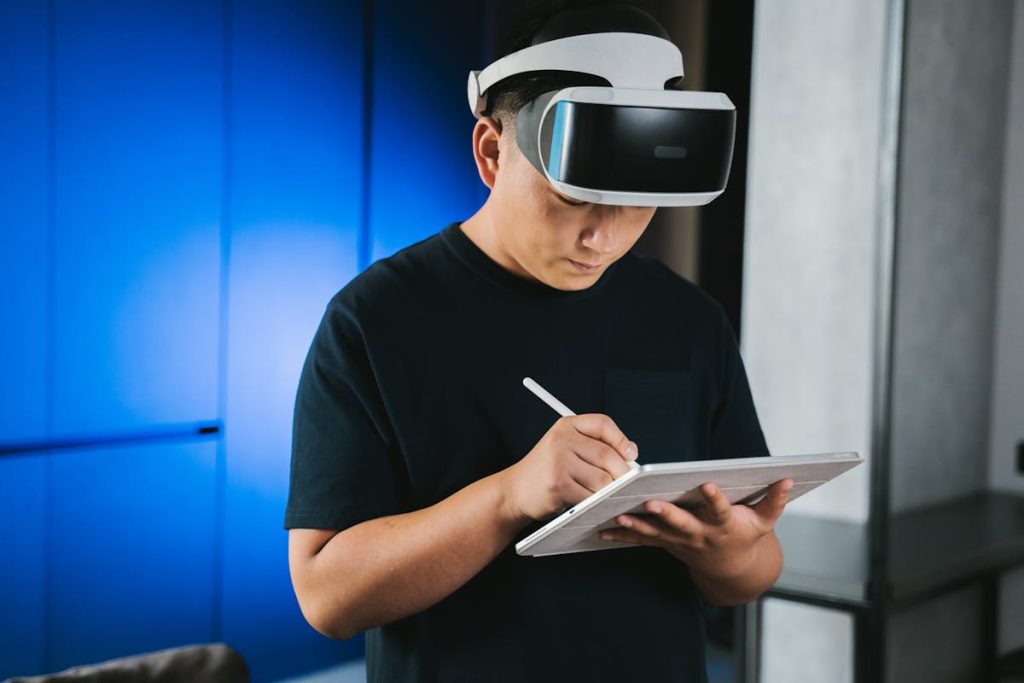
How the Acquisition Strengthens OpenAI’s Business
1. Diversification Beyond APIs
Currently, OpenAI’s revenue is largely tied to API licensing and subscriptions (e.g., ChatGPT Plus). Entering the hardware market allows OpenAI to diversify revenue streams with high-margin consumer products.
2. Staying Ahead of Competition
With companies like Apple, Google, and Meta entering the AI race, OpenAI needs a competitive edge. This acquisition leapfrogs the competition by combining AI model dominance with world-class hardware design.
3. Unlocking New AI Use Cases
Dedicated hardware opens doors for new AI applications that aren’t possible on smartphones or laptops—think real-time assistants, health monitors, or always-on conversational interfaces.
New Pathways in AI: Redefining Human-AI Interaction
The io acquisition will enable OpenAI to redefine how humans interact with artificial intelligence:
- Devices built from the ground up for AI
- Context-aware and personalized responses
- Natural, intuitive, voice or gesture-based interfaces
- Ethical and secure on-device AI processing
This could mark the beginning of a new era in AI—moving beyond screens into ambient, embedded experiences.
A Platform for Future Innovations
With full control over hardware and software, OpenAI can now rapidly prototype, test, and scale innovations in areas like:
- On-device AI chips
- Personal AI assistants
- Human-AI collaboration tools
- AI-integrated wearable tech
- Privacy-first AI design
The synergy between io’s hardware expertise and OpenAI’s software dominance is poised to spark revolutionary innovations.
Conclusion: A Strategic Masterstroke by OpenAI
OpenAI’s acquisition of io is much more than a high-profile purchase—it’s a strategic pivot that positions the company as a frontrunner in the next phase of AI development.
- It enables OpenAI to own the user experience end-to-end
- It brings Jony Ive’s iconic design leadership under OpenAI’s wing
- It strengthens OpenAI’s business model through hardware diversification
- It creates opportunities to build the next computing platform powered by AI
- It paves the way for new AI use cases that are truly integrated into daily life
- It solidifies OpenAI’s position ahead of competitors in both software and hardware innovation
As OpenAI moves from digital intelligence to physical form, the tech industry—and the world—should prepare for a new generation of AI-native devices.
If you’re interested in the future of AI and design, this is the space to watch. The next “iPhone moment” may not come from Apple—but from OpenAI.


